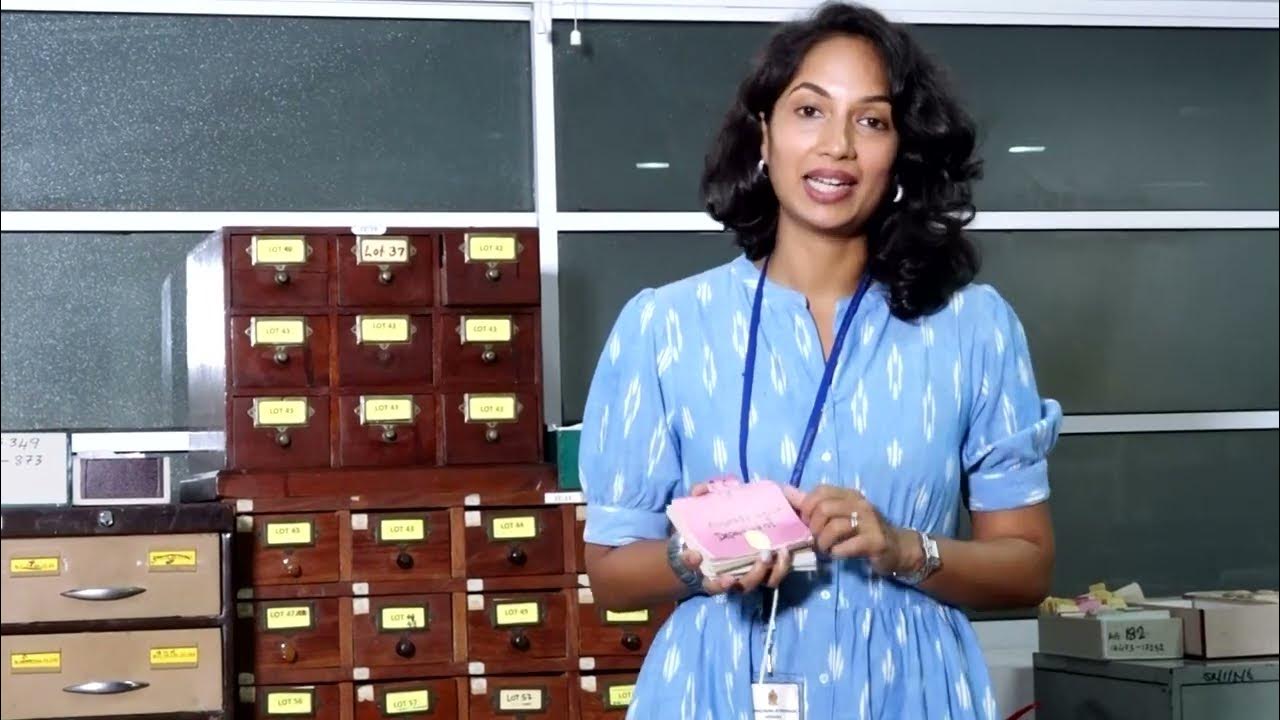Bagaimana cara melakukan penelitian sejarah? | Sejarah Kelas X - EDURAYA MENGAJAR
Summary
TLDRThe video script introduces the speaker as a historian at a cultural preservation institute, embarking on a historical research journey. They emphasize the importance of formulating research questions encompassing the 5Ws and 1H. The script delves into the methods of historical research, distinguishing between primary and secondary sources, and the necessity of verifying their authenticity. It also touches on the analysis of historical sources through interpretation and the concept of historiography, highlighting the researcher's responsibility to remain objective amidst the subjective nature of historical study.
Takeaways
- 🔍 The speaker is a historian who works at a cultural preservation center and is conducting historical research.
- 📝 They start by determining the historical topic and formulating the research question, which should include the 5Ws and 1H (Who, What, When, Where, Why, and How).
- 🚫 Historical research must follow a method, and it cannot be arbitrary.
- 🔬 The first method involves finding and identifying historical sources, which are divided into primary and secondary sources.
- 📚 Primary sources are direct evidence from historical actors, such as diaries, interview documents, and historical photos.
- 🌐 For primary sources related to archives, one can access them through the National Archives of the Republic of Indonesia's website.
- 📖 Secondary sources come from non-actors, such as research reports, encyclopedias, field notes, and books.
- 🏰 An example given is researching a temple, where one must understand its background through secondary sources and then gather primary data by visiting the temple directly.
- 🔍📖 The next step is to verify the authenticity of the historical sources through external criticism (checking accuracy and authenticity) and internal criticism (evaluating credibility).
- 🤔 The speaker then explains the method of analyzing historical sources by interpreting and understanding the meaning and connections between various sources, such as cause and effect or correlations.
- 🚫 The researcher must be careful not to introduce subjectivity into the interpretation process, as it is limited by the historical facts available.
- 📝 The final method mentioned is historiography, which is the study of the writing of history. For more details, the speaker suggests watching another video.
Q & A
What is the role of the speaker in the video?
-The speaker is a historian who works at a cultural preservation institution and is conducting historical research.
What is the first step in conducting historical research according to the speaker?
-The first step is to determine the historical topic and then formulate the research problem in the form of a question, ensuring it covers the 5Ws and 1H (Who, What, When, Where, Why, and How).
What are the two types of historical sources mentioned in the script?
-The two types of historical sources are primary sources and secondary sources.
Can you provide an example of a primary source from the script?
-Examples of primary sources include diaries, interview documents, historical photos, and objects directly related to historical actors.
How can one access primary sources related to archives, as mentioned in the script?
-One can access primary sources related to archives through the National Archives of the Republic of Indonesia's website, unri.co.id.
What are some examples of secondary sources according to the script?
-Examples of secondary sources include research reports, encyclopedias, field notes, and books that are not directly from the historical actors but from other parties.
What is the importance of visiting a historical site like a temple for research?
-Visiting a historical site directly allows the researcher to obtain primary data such as measurements, photos, and other actual details, which are crucial for the research.
What are the two types of criticism or verification mentioned for historical sources?
-The two types of criticism are external criticism (or authenticity), which checks the accuracy and authenticity of the source, and internal criticism (or credibility), which assesses the credibility of the source.
What is the purpose of the interpretative or explanatory method in historical research?
-The purpose of the interpretative method is to analyze historical sources by interpreting and understanding the meaning and connections between various historical sources, such as causality or correlation.
What is historiography and why is it important in historical research?
-Historiography is the study of the writing of history and its methods. It is important because it provides an understanding of how history has been interpreted and presented by different historians over time.
What is the potential risk for researchers when using the interpretative method in historical research?
-The potential risk is that researchers might introduce their subjective side into the analysis, which should be strictly based on historical facts and not deviate from them.
Outlines

Cette section est réservée aux utilisateurs payants. Améliorez votre compte pour accéder à cette section.
Améliorer maintenantMindmap

Cette section est réservée aux utilisateurs payants. Améliorez votre compte pour accéder à cette section.
Améliorer maintenantKeywords

Cette section est réservée aux utilisateurs payants. Améliorez votre compte pour accéder à cette section.
Améliorer maintenantHighlights

Cette section est réservée aux utilisateurs payants. Améliorez votre compte pour accéder à cette section.
Améliorer maintenantTranscripts

Cette section est réservée aux utilisateurs payants. Améliorez votre compte pour accéder à cette section.
Améliorer maintenantVoir Plus de Vidéos Connexes

The Transatlantic Slave Trade: The Story of Ghana's Slave Castles

Les confidences d'un passionné avec André-Carl Vachon

How to carry out research at the Sri Lanka National Archives

Difference between research proposal and synopsis

01 Introduction to health research

How to do a step-by-step research project Complete class
5.0 / 5 (0 votes)
